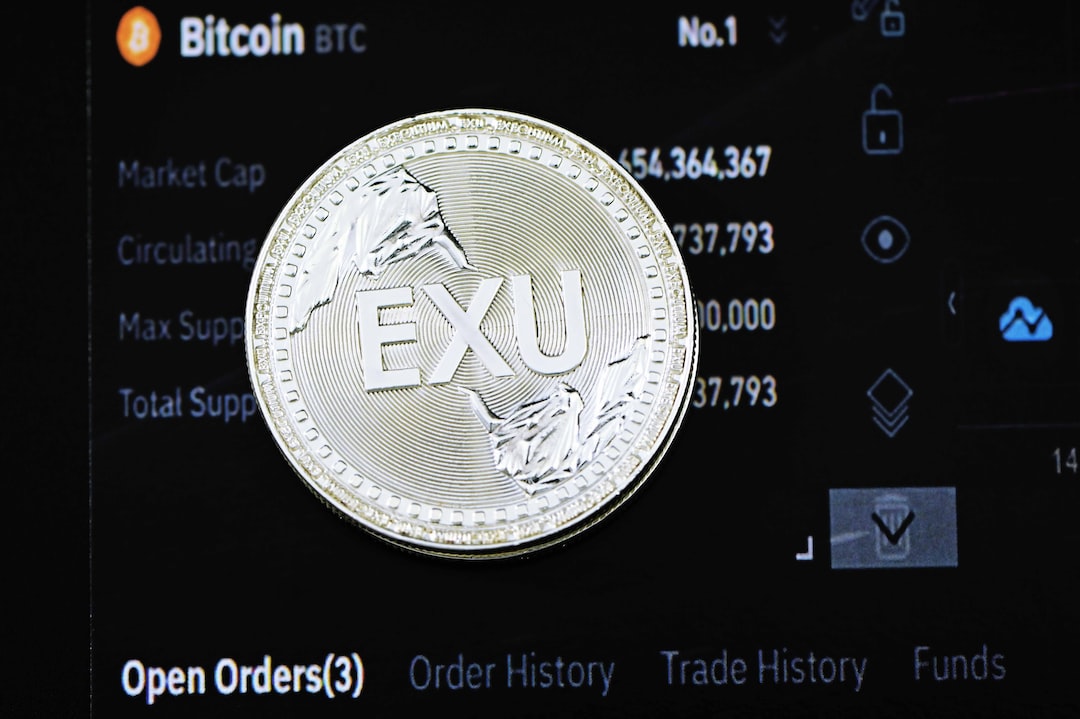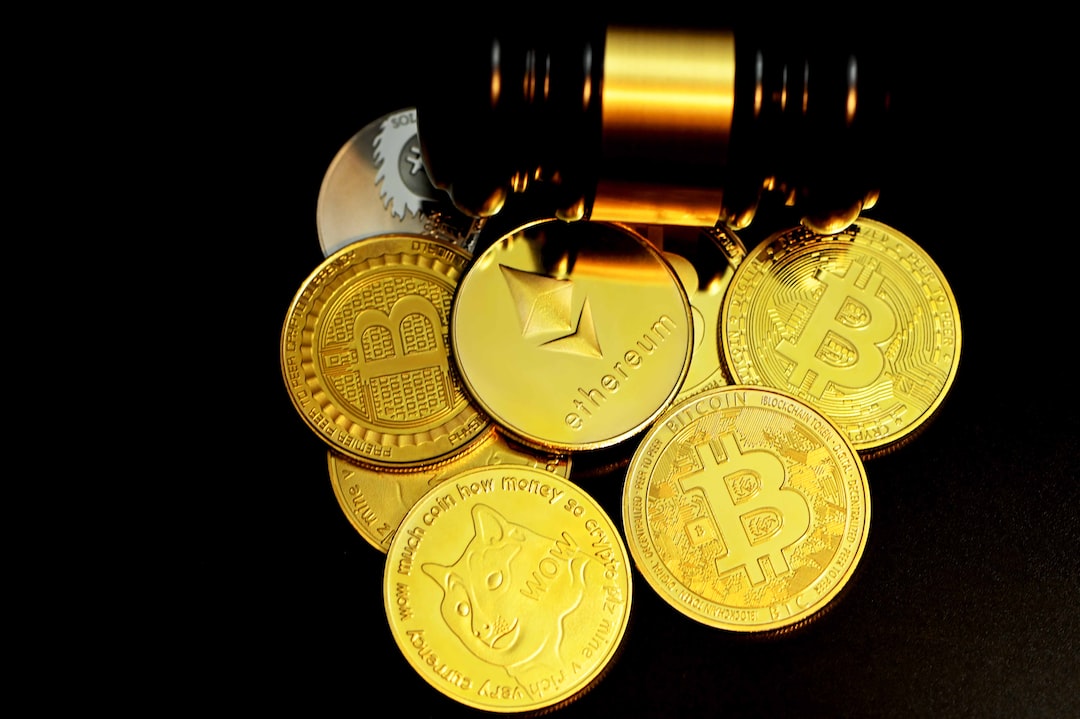Introduction
When it comes to stablecoins in the world of cryptocurrency, Binance USD Coin (BUSD) stands out as a significant player. However, with several stablecoins available, it’s imperative to analyze and compare their features before deciding which one to use. In this article, we will delve into a comparative analysis of Binance USD Coin and other stablecoins, discussing their advantages, use cases, and potential drawbacks. So, let’s get started!
What is a Stablecoin?
A stablecoin is a type of cryptocurrency that aims to provide stability in value. Unlike other cryptocurrencies with volatile prices, stablecoins are pegged or linked to a more stable asset, such as fiat currency or commodities. This ensures that their value remains relatively steady, making them suitable for everyday transactions and a store of value.
Binance USD Coin – The Overview
Binance USD Coin, commonly known as BUSD, is a stablecoin issued by Binance, one of the largest cryptocurrency exchanges globally. It was created in partnership with Paxos and combines the advantages of both Binance’s extensive trading ecosystem and the stability of the US dollar.
Advantages of Binance USD Coin
1. Stability: BUSD is pegged 1:1 to the US dollar, providing stability and predictability in its value. This makes it a popular choice for users looking to minimize exposure to cryptocurrency volatility.
2. Transparency and Regulation: Binance USD Coin is regulated by the New York State Department of Financial Services (NYDFS) and therefore follows strict compliance standards. This provides users with an added layer of trust and confidence.
3. Integration with Binance Ecosystem: BUSD can seamlessly be used within the Binance exchange for trading, making it convenient for traders and investors already using the platform.
Comparative Analysis: Binance USD Coin vs. Other Stablecoins
1. Tether (USDT)
Tether, symbolized as USDT, is one of the most widely used stablecoins in the cryptocurrency market. Like BUSD, it is pegged 1:1 to the US dollar. However, Tether has faced controversy due to concerns about its transparency and the backing of its reserves. While BUSD offers a more transparent and regulated alternative, Tether has a broader adoption and liquidity in the market.
2. USD Coin (USDC)
USD Coin, symbolized as USDC, is another popular stablecoin that is pegged to the US dollar. It is issued by Circle, a regulated financial institution in the United States. While USDC shares many advantages with BUSD, including regulation and transparency, the key difference lies in their respective exchange ecosystems. While BUSD is primarily integrated within Binance, USDC is supported by multiple exchanges, giving users a wider range of trading options.
3. Dai (DAI)
Dai, symbolized as DAI, is a unique stablecoin that operates on the Ethereum blockchain. Unlike BUSD and the other stablecoins mentioned, Dai’s value stability is maintained through a decentralized mechanism and collateralized assets, rather than direct pegging. While Dai offers decentralization benefits, its price stability can be influenced by factors such as market demand and the underlying collateral assets.
FAQs (Frequently Asked Questions)
Q1: Can I use Binance USD Coin outside the Binance exchange?
A1: Yes, BUSD can be used outside the Binance exchange as well. It is an ERC-20 token, which means it can be stored in compatible wallets and used for transactions on various platforms.
Q2: Are stablecoins a good investment option?
A2: Stablecoins like BUSD are primarily designed for stability and usability, not for generating significant investment returns. They are better suited for minimizing risks associated with cryptocurrency volatility and are commonly used for trading, remittances, and other transactions.
Q3: How do stablecoins maintain stability?
A3: Stablecoins maintain stability by being pegged or linked to a specific asset, such as a fiat currency, with a fixed exchange rate. This ensures that their value remains relatively stable, irrespective of the volatility in the broader cryptocurrency market.
Conclusion
In conclusion, Binance USD Coin (BUSD) offers several advantages as a stablecoin, including stability, transparency, and integration within the Binance ecosystem. However, it is crucial to consider other stablecoin options like Tether, USD Coin, and Dai, as they have their own unique features and benefits. Understanding your specific requirements, risk tolerance, and preferred exchange ecosystems will help you make an informed decision when choosing a stablecoin for your cryptocurrency transactions.





 By
By
 By
By
 By
By
 By
By
 By
By